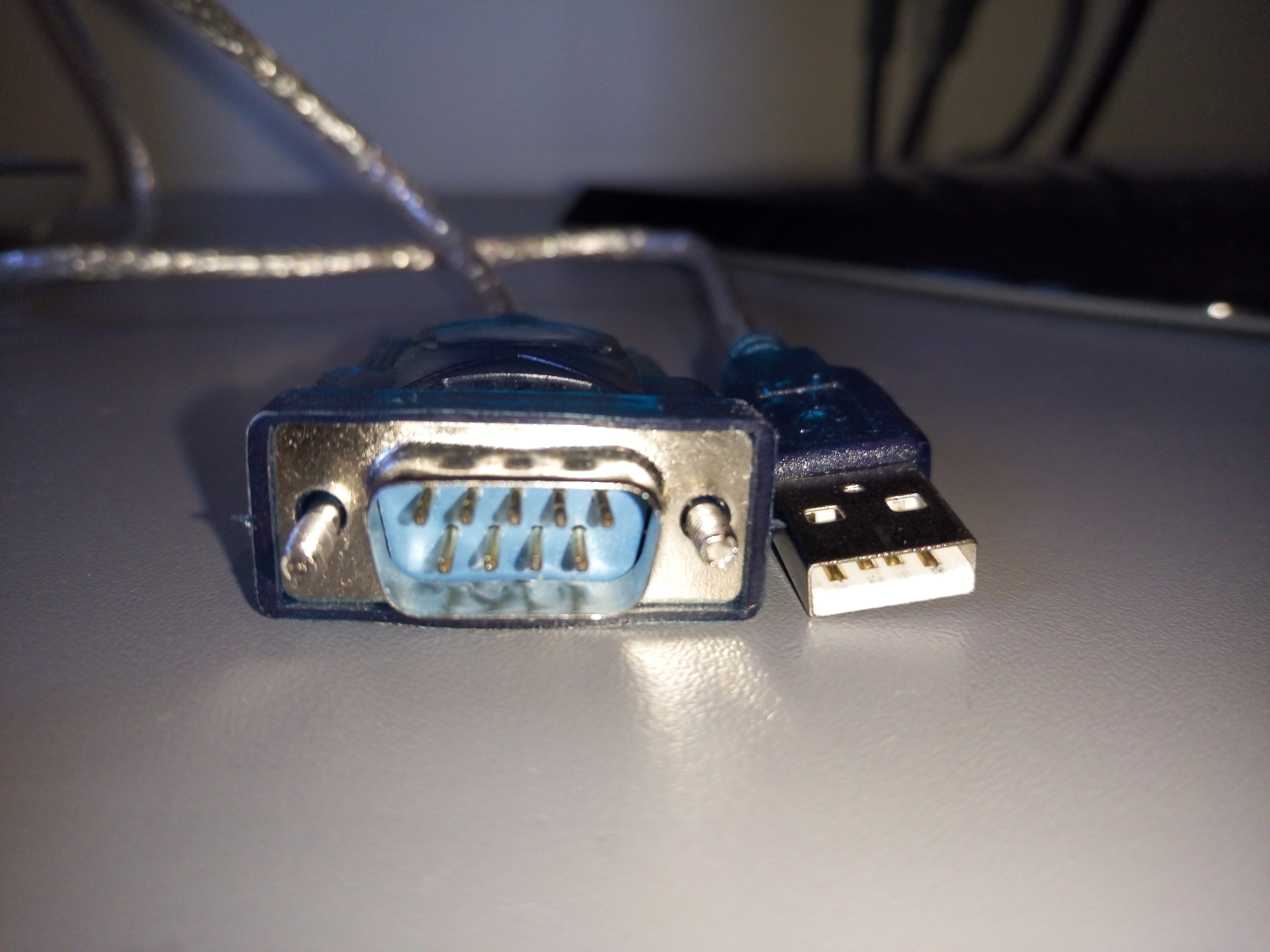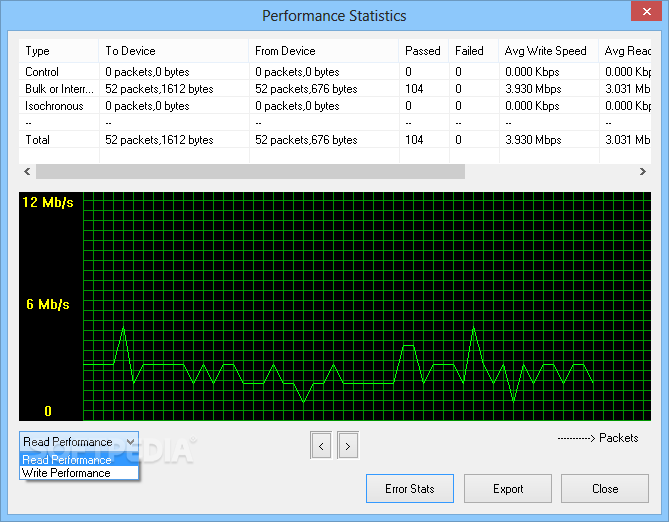Last updated on February 4th, 2017
- Sysnucleus Port Devices Driver
- Sysnucleus Port Devices Driver Updater
- Sysnucleus Port Devices Driver License Test
- Sysnucleus Port Devices Drivers
- Sysnucleus Port Devices Driver Device
Several times I have faced problems with USB devices in all Windows versions. For instance a USB device (e.g. printer, scanner or webcam) is not functioning or a USB storage device (e.g. USB flash disk) is not detected at all. USB devices issues can occur for different reasons.
Recommended Resolution. Reinstall the device driver manually. From Start, search for device manager and select Device Manager from the results. Right-click the device in the list. Select Uninstall from the menu that appears. After the device is uninstalled, choose Action on the menu bar. Select Scan for hardware changes to reinstall the driver. Note You may be prompted to provide the path. From Code Merceneries. Delcom Engineering has programmed USB chips with a device driver that enables reading and writing to up to 16 port bits that can include an asynchronous serial port and I2C port. The chips are Cypress 63000 series. Development boards also available.
G o to Device Manager by going to start / search box and type device manager and enter and then double-click on the program icon that appears. Check each device for a red x, yellow! These identify devices with problems (probably drivers, but also conflicts or something else). Click on each for further details and troubleshooting tips.
For example, when you eject a USB storage device without using the “Safely Remove hardware” option or after a program or Windows Update or after a virus attack. If you face problems with USB devices, then you can use this troubleshooting guide to resolve your USB problems.
USB Errors – Symptoms that can fixed using this guide:
– USB Device not recognized
– USB Printer not recognized or not printing
– USB Storage device cannot be recognized or ejected through “Safely Remove” option.
– USB device driver not successfully installed or Windows cannot install USB device error.
– Unrecognized USB device in Device Manager (error code 43)
How to Troubleshoot & Solve USB device recognition issues.
Before continuing to apply the solutions given below perform these steps:
1. Completely Shutdown your computer and remove the power cable. (Also remove the battery if you own a laptop). Leave it unplugged for about 5-10 minutes and then re-plug the power cord (and the battery). Turn On your computer and check if your USB devices are working.
2. If you own a laptop:
- Turn off your laptop.
- Unplug the AC power adapter and the battery.
- Leave your computer without power for about 15 minutes.
- Reinsert the battery
- Turn on your laptop.
- Plug one by one all USB devices.
- Check if the USB not recognized problem is solved and the USB devices are working.
- Plug the AC power adapter.
3. Change the USB cable that connects your computer with the USB device.
4. Download Hirens BootCd and boot your computer in MiniXP environment. Plug a USB flash stick on an empty port. Open Windows Explorer and check if you can access USB stick's contents. (Instructions on how to download and start your computer from HirensCD MiniXP can be found at the steps 1,2 & 3 on this tutorial). If you cannot access USB stick's contents, then probably your motherboard's USB ports are damaged.
5. Scan your computer for malware by using the instructions in this guide: Quick Malware Scan and Removal Guide.
Solution 6: Completely Remove and Re-Install all Universal Serial Bus Controllers & USB Devices
Solution 1: Solve USB problems with Microsoft USB Fix It utility.
1. First download the Microsoft Fix It utility to your computer.*
* Notes:
– Windows 8 & 8.1 users must download the Windows 8 USB Hotfix.
– Windows 7 USB Fix it Utility can work also for Windows Vista & Windows XP.
– Windows Vista users can try also the USB Devices Fix It utility for Windows Vista.
– Windows XP users can also try the USB Fix it for Windows XP.
- Windows 8, 8.1, Server 2012: USB Hotfix (https://support.microsoft.com/kb/2830154).
- Windows 7, Vista & XP:USB Fix It utility (https://support.microsoft.com/mats/windows_usb_diagnostics).
- Windows Vista (alternative): USB Devices Fix It for Windows Vista (http://windows.microsoft.com/en-us/windows-vista/tips-for-solving-problems-with-usb-devices)
- Windows XP (alternative): USB Fix It for Windows XP (https://support.microsoft.com/kb/817900)
2. RunMicrosoft Fix It tool and press “Accept”.
3. Select “Detect problems and apply the fixes for me (Recommended)” option.
4. Let the troubleshooter to fix USB problems and press “Next”.

If your problem is fixed, close the troubleshooter and check your USB devices functionality.
Solution 2: Diagnose & Solve USB problems with Windows Troubleshooter
1. Open “Troubleshooting” from Control Panel. To do that: Wincan version 7.
- Press “Windows” + “R” keys to load the Run dialog box.
- Type “control panel” and press Enter.

2. Change the “View By” option to “Small icons” and click “Troubleshooting”.
3. Under “Hardware and Sound” section, click “Configure a device”.
4. When Hardware and Devices troubleshooter appears on your screen, press “Next”.
5. When troubleshooter diagnose is completed, apply all fixes prompted and then check USB functionality.
Solution 3: Change USB Suspend settings.

1. Open Power Options from Control Panel. To do that:
Sysnucleus Port Devices Driver
- Press “Windows” + “R” keys to load the Run dialog box.
- Type “control panel” and press Enter.
2.Double-click to open “Power Options”.*
* Notice: If you don’t see “Power Options” change the “View By”: “Small Icons”.
3. Click “Change plan settings”.
4. Click “Change advanced power settings”.
5. At Advanced power settings, expand “USB Settings” and set “USB selective suspend setting” to “Disabled”.*
* Notice: For laptop computers you have to change this setting in both fields there: On Battery & Plugged in.
6. Press “OK” and restart your computer.
Solution 4: Change USB Power Management Settings.
1.Unplug all USB devices and open Device Manager. To do that:
- Press “Windows” + “R” keys to load the Run dialog box.
- Type “devmgmt.msc” and press Enter.
2. In device manager, double-click to expand “Universal Serial Bus controllers”.
3. Double-click to “USB Root Hub” to open its properties.
4. Click “Power Management”.
5.Uncheck (Deselect) the “Allow the computer to turn off this device to save power” option and press “OK”.
6. You must perform the same operation (steps 3, 4 & 5) for all “USB Root Hub” devices.
7. Close “Device Manager” and plug all your USB Devices again.
Solution 5: Install the latest Intel Drivers by using the Intel® Driver Update Utility.
1. Download the install the Intel® Driver Update Utility.
2. When the installation is completed, press the Start Scan button and let the program to detect and find the latest drivers for your Intel devices.
3. After scan, Download the drivers found.
4. Finally press Install and follow all the prompts, to install the latest Intel drivers found and restart your computer.
Solution 6: Completely Uninstall and Re-Install all Universal Serial Bus Controllers & USB Devices.
1.Unplug all USB devices and open Device Manager. To do that:
- Press “Windows” + “R” keys to load the Run dialog box.
- Type “devmgmt.msc” and press Enter.
2. In device manager, double-click to expand “Universal Serial Bus controllers”.
Sysnucleus Port Devices Driver Updater
3.Right-click on every USB device found there and select “Uninstall”.
* Note: If you lose the connectivity with your USB Keyboard or the USB Mouse, during uninstall, then unplug & plug them again on the computer.
Sysnucleus Port Devices Driver License Test
4.Restart your computer.
5. After restart wait until Windows automatically install all USB Serial Bus controllers again.
6. Now plug your USB devices (one by one) and see if your computer can recognize them properly and without errors.
Attention: At this point, if a USB device is still not recognized by Windows, then you must uninstall the specific USB device using Device Manager and install it again.
7. Uninstall USB unrecognized devices.
Example 1: If you plug your USB flash disk (USB Storage device) and it doesn't appear on Windows Explorer, then find this storage device in Device Manager and uninstall it. After uninstalling, unplug the storage device from your computer and plug it again.
Example 2: If you plug your mobile phone (by using a USB cable) and it is not recognized by Windows, then find your mobile phone in Device Manager (usually it is under “Portable Devices) and uninstall it. After uninstalling, unplug the Mobile’s USB cable from your computer and plug it again.
Download targasys driver. Good Luck!
Full household PC Protection - Protect up to 3 PCs with NEW Malwarebytes Anti-Malware Premium!
USB Device Share lets you share USB devices and access them remotely over network (LAN or internet). Using this software, USB devices connected to remote computers can be accessed as if they are locally plugged in. Applications which work with the device can then be run without the device being locally present. USBDeviceShare supports only Windows operating systems.
|
USB Device Share is a USB over Ethernet / USB over Network software. It is a 100% software solution to access USB over network (USB over IP). USBDeviceShare supports all types of USB devices : USB 1.x, 2.0 and 3.0 devices (low, full, high & super speed).
Please note that a USB device shared at server can be accessed only by a single remote client at a time. Simultaneous (concurrent) access to the shared device from multiple clients is not supported. This is a limitation of USB bus and not of USBDeviceShare. (See Auto Connect feature of Client)
Supports all versions of Windows operating system. Supports both 32 bit and 64 bit Windows Editions.
(Windows 2000, Windows XP, Windows 2003 / 2008 Server, Windows Vista, Windows 7 & Windows 8 beta)
We offer 15 days money back guarantee for USBDeviceShare, Free support and Free upgrades for 1 year. Contact us at support@sysnucleus.com.
Sysnucleus Port Devices Drivers
USBDeviceShare in Action
We recommend that you download and try the free evaluation copy of USBDeviceShare to learn more about the features.
Download USBDeviceShare Download and try the 15 days free evaluation version: Download USBDeviceShare | USBDeviceShare Manual View the online help manual to learn more about the features: View Help Manual | Product Datasheet Download USBDeviceShare product datasheet (pdf document): Download Datasheet |
Key Benefits and Features
|
|
How to use ?
Install USBDeviceShare-Server where devices are present.
Install USBDeviceShare Server where devices are physically present and where they need to be shared. Shared devices can be accessed remotely over network using USBDeviceShare Client. Server User GuideInstall USBDeviceShare-Client where devices need to be remotely accessed.
USBDeviceShare Client is used to connect to USBDeviceShare Server and remotely plug-in the shared devices. Client User Guide
Subscribe to updates
Sysnucleus Port Devices Driver Device
You may either subscribe to our mailing list, follow us on twitter or read our blog for updates.
Read our BlogFollow us on Twitter

